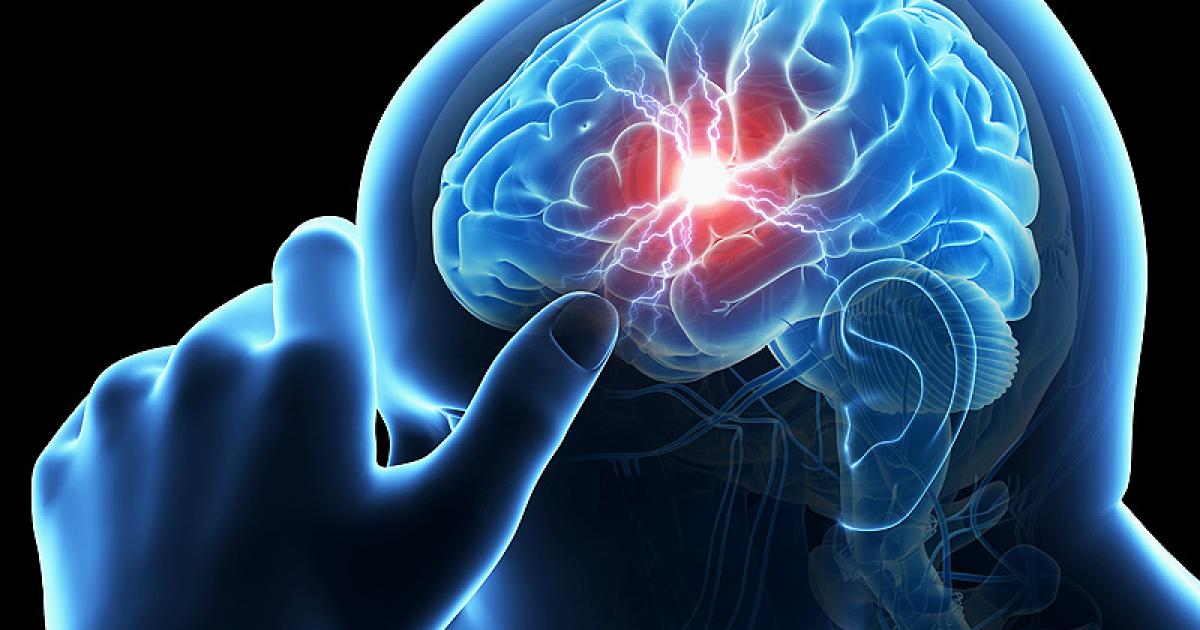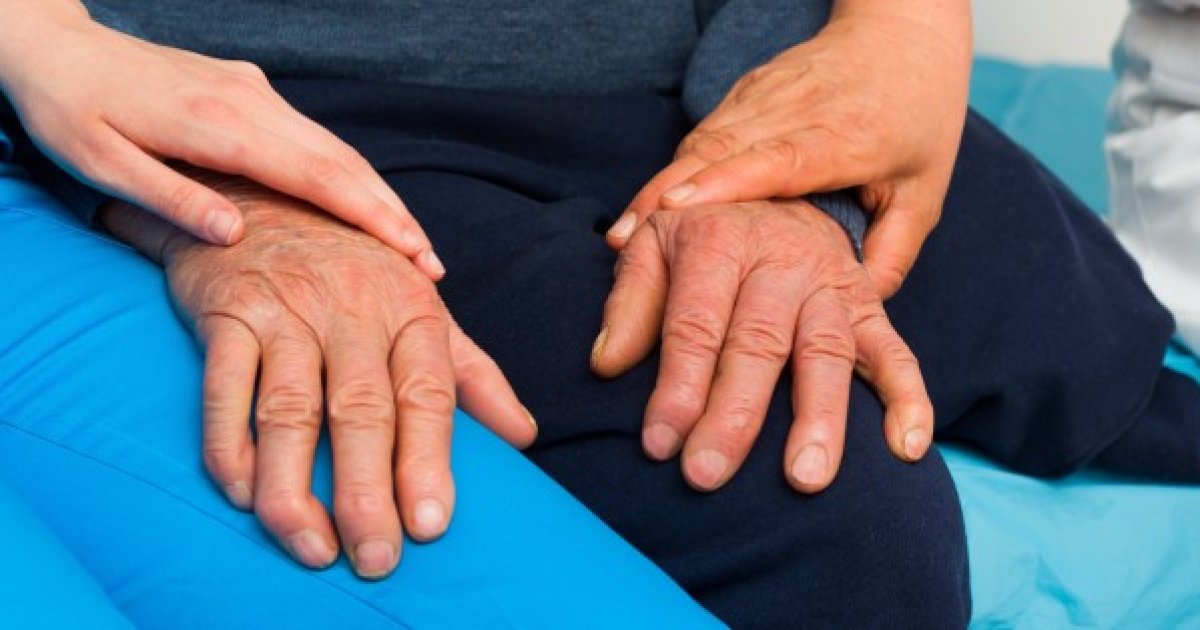What Causes Dystonia?
Dystonia is a disorder that causes a patient to develop involuntary muscle contractions. These contractions can trigger repetitive movements and posture abnormalities, and they may affect a single muscle, a group of muscles, or the entire body. It is estimated one percent of the population in the United States has dystonia, and women are more likely to develop it than men. Early signs of the disorder include speech difficulties, cramps in the feet, a pulling sensation in the neck, and feeling as though the legs are dragging while walking. Patients may also experience uncontrollable blinking. Children diagnosed with dystonia typically have their first symptoms in the hands or feet. When the disease is diagnosed in adults, they often report experiencing their first symptoms in the upper body. For patients who are adults at the time of diagnosis, dystonia normally stays in one part of the body; this is termed focal or segmental dystonia. Pediatric patients typically experience a more widespread manifestation of this disorder that may affect many parts of the body.
The major causes of dystonia are discussed below.
Altered Nerve Cell Communication

Patients with dystonia typically experience altered nerve cell communication in an area of the brain known as the basal ganglia, which is a group of structures responsible for telling muscles to contract. If the basal ganglia are damaged, it can lead to a type of dystonia called acquired dystonia. This condition may occur due to strokes, oxygen deprivation, and a brain injury or tumor. It may also develop in individuals who have certain infections or who have carbon monoxide or lead poisoning. Treatment for the conditions that caused acquired dystonia may reduce some of the involuntary muscle contractions patients experience. For patients who have become disabled due to their dystonia and related conditions, deep brain stimulation may help ease contractions.
Keep reading for more information on the causes of dystonia now.
Wilson's Disease

Wilson's disease is a genetic condition that causes the body to accumulate an excessive amount of copper. The copper builds up in the liver and brain, and it can cause neurological symptoms. Patients may experience tremors, stiff muscles, uncontrollable movements, and problems with physical coordination. They may have difficulty with swallowing, speech, and walking. Most patients usually find the severity of these symptoms is reduced with proper treatment for Wilson's disease. Chelating agents enable the body to release excess copper through the urine. Penicillamine and trientine are two examples of these drugs, and they are normally taken as the first treatment for this illness. Since these medicines can make neurological symptoms worse, patients will need careful monitoring during treatment. After copper levels have been reduced, most patients are placed on maintenance therapy with zinc acetate, which blocks the body's ability to absorb copper from food and helps patients keep their copper levels within a normal range. Zinc acetate does not cause or worsen neurological symptoms.
Uncover more causes of dystonia now.
Tuberculosis

Tuberculosis is an infectious disease caused by bacteria. While the bacteria normally impacts the lungs, it may occasionally travel to the membranes surrounding the brain, where it will cause neurological symptoms. This form of the disease is known as meningeal tuberculosis. Individuals who live in developing countries may face a higher risk of this condition, and it is more commonly diagnosed in children under four years old.
Tuberculosis normally begins with a low fever and fatigue. As it advances, patients often develop confusion, and they may become lethargic and lose consciousness. Symptoms traditionally associated with meningitis, including a stiff neck, sensitivity to light, and headaches, may or may not be present with meningeal tuberculosis. If left untreated, patients may develop seizures, strokes, and an increased level of pressure in the brain. Treatment for tuberculosis normally includes medications such as isoniazid, rifampin, and pyrazinamide. Successful treatment can reduce the amount of neurological damage this condition may cause. Most patients need to take medications for at least one year.
Learn more about the various causes of dystonia now.
Parkinson's Disease

Parkinson's disease is a progressive disorder that causes numerous symptoms associated with dystonia. The first symptom patients with this condition usually observe is a hand tremor. Patients may also find their movements are stiff and they move more slowly than normal. For example, patients may stop swinging their arms as they walk, and their speech may be slurred and softer than usual. Symptoms are typically worse on one side of the body, and patients may have muscle pain, reduced range of motion, and balance problems. Treatment for Parkinson's disease may help reduce pain and some of the tremors. For early-stage patients, medications such as carbidopa-levodopa, dopamine agonists, and MAO B inhibitors are often recommended. At later stages of Parkinson's disease progression, surgical interventions may be beneficial. In particular, deep brain stimulation is very effective in reducing tremors for a sustained period, including tremors unresponsive to medication. Medical treatments may be combined with lifestyle modifications, physical therapy, and speech therapy to maximize the quality of life.
Discover another cause of dystonia now.
Stroke

A stroke is considered a medical emergency. They can occur due to the rupture of a blood vessel, preventing blood from reaching the brain, and they also develop due to the formation of clots that cut off blood flow to the brain. Individuals experiencing a stoke exhibit varied neurological symptoms that are also present in dystonia. For example, they may have weakness in the arms, facial drooping, and speech difficulties. These may be accompanied by sudden trouble walking, a sudden and severe headache, visual disturbances, and difficulty understanding speech. Doctors may be able to administer intravenous medications to dissolve blood clots, and surgical interventions may be used to remove clots. After patients receive emergency treatment, they will likely need to attend specialist rehabilitation for several weeks. During rehabilitation, physical and occupational therapy will be given to help patients regain coordination, balance, and speech and motor abilities.